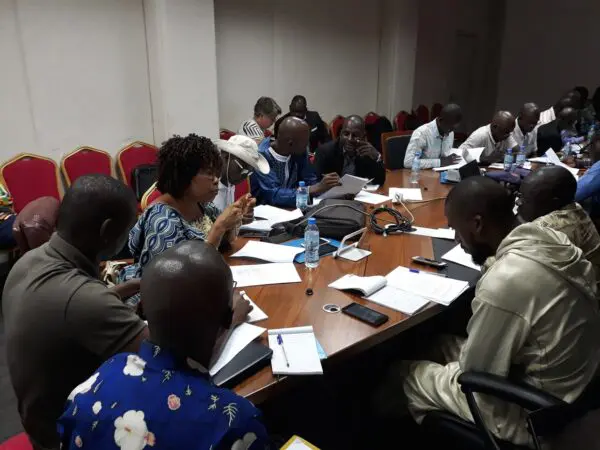The NCEA helps to assess the quality of national environmental impact assessment systems. We can zoom in on specific elements of these systems such as legislation, institutions, capacities, or enabling environments. We can also look into environmental impact assessment systems for particular sectors, such as the mining or energy sector.
System analysis
ESY-map: performance of an ESIA system at a glance
Are you interested in improving the system in your country? The first step is understanding and agreeing upon the strengths and weaknesses of the current system. ESY-map is a diagnostic tool designed for this purpose. It informs a shared view on strong and weak points, and where action is most needed
Users about ESY-map
“I got to hear first hand from most stakeholders in our Environmental and Social Impact Assessment system what obstacles they are facing.”
“We have exchanged experiences and learned a lot during this workshop.”
MET: the ESIA self-assessment tool for the mining sector
Good to know: the mining sector has its own ESIA self-assessment tool. It is called MET (Mining ESIA Tool) and was developed by Intergovernmental Forum on Mining, Minerals, Metals, and Sustainable Development (IGF) in collaboration with the NCEA and the Southern African Institute for Environmental Assessment.
Users about MET
“This tool has been an eye-opener for us as regulators.”
“We will take this information to further justify the need to work on our legal frameworks.”

